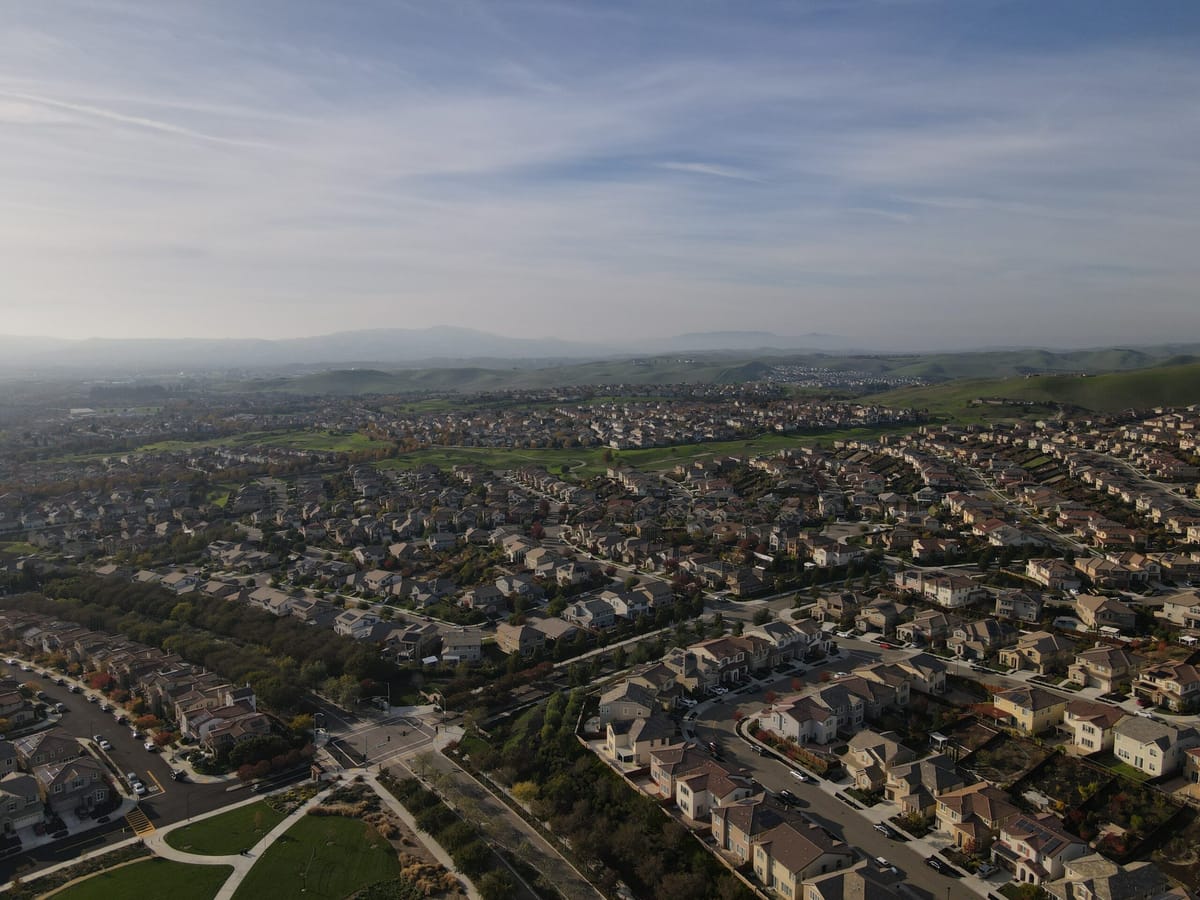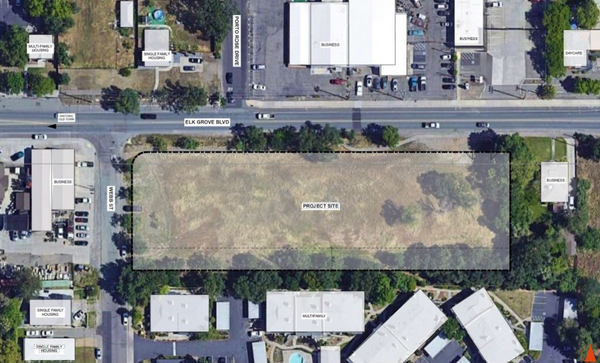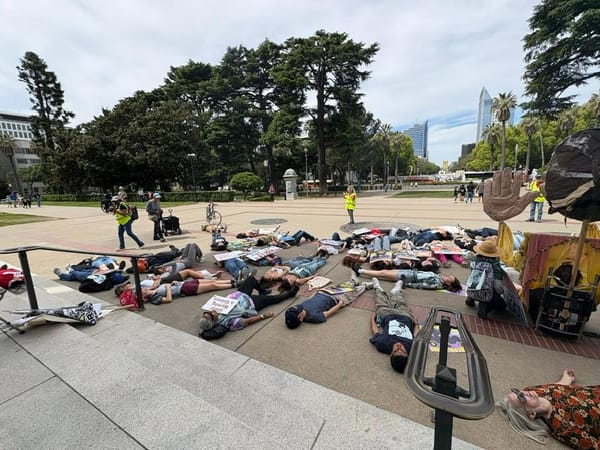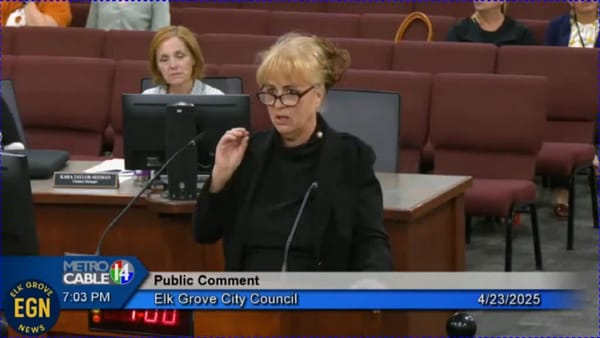With the Southeast Connector’s high priority, labor unions rolling cash into passing Measure A’s $8.3 billion tax hike

Leaving nothing to chance, proponents of a Sacramento County measure are donating large sums of money to support an $8.3 billion consumer tax increase. Measure A, which is on the November ballot, will increase sales taxes countywide by one-half of a percent for 40 years if approved by voters.
The massive tax hike is to fund transportation projects throughout Sacramento County. While several projects are included, the most significant beneficiary is Southeast Connector Road.
Already underway, the 34-mile Southeast Connector Road intends to connect I-5 just south of Elk Grove and follow a northeast route along Grant Line Road connecting to U.S. Hwy. 50 in El Dorado County.
According to recent campaign disclosures, in the last several days the yes on Mesure A committee has received $275,000 in donations from entities. Those entities are Northern California Carpenters Regional Council Issues, $75,000; Local 1245 International Brotherhood of Electrical Workers, $100,000; and Labor Management Cooperation Committee, $100,00.
Along with these contributions, the committee has also previously received substantial support from real estate developers. As a result, the road will open large portions of Southeastern Sacramento County for housing developments.
With that comes years’ of employment for labor unions and construction concerns. Naturally, the developers whose land will now be accessible via the Southeast Connector will benefit the most.
Sacramento Bee opinion page contributor Yousef Baig has criticized the endeavor. With much of the $8.3 billion directed toward the Southeast Connector, Baig said approval of Measure A “could sound the death knell of a more transit-oriented future.”
Notwithstanding that critique, no formal opposition has coalesced. When a similar tax hike from the Sacramento Transportation Authority (STA) appeared on the 2016 Sacramento County Ballot, it lost, having failed to meet the two-thirds supermajority, and the efforts to place a similar measure on the ballot in 2020 stalled after squabbles between STA board members.
In 2016 and 2020, opposition forces succeeded with little money because of the two-thirds requirement. Following some judicial rulings and that Measure A was placed on the ballot by a non-governmental citizens group, a simple majority is needed for approval.
Even though Measure A has no organized group opposition and a lower threshold, proponents are leaving nothing to chance as they pour large sums of money into their campaign. Expect a plethora of mailers, internet advertising, and TV commercials in the coming weeks featuring many elected officials supporting the tax hike.
Even though Measure A is on a cruise-control route to approval, as noted by Baig, “building the connector would shift development patterns in a way that could ensure a future Sacramento in which cars are the only viable mode of transportation.”
And with that, Sacramento County’s suburban sprawl endures.



